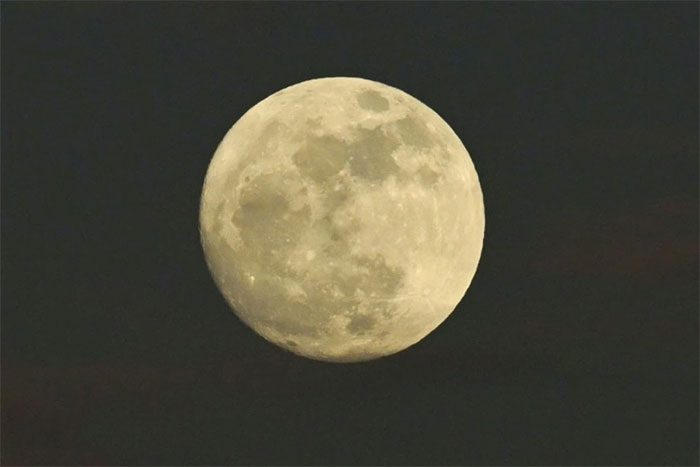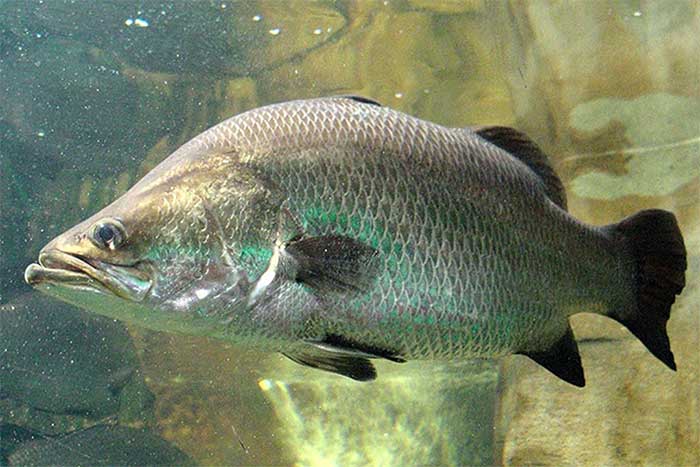Sturgeon Eggs Are Being Tested for Potential Cultivation During Lunar Missions, providing food for scientists working on the Moon.
Will future astronauts practice aquaculture on the Moon? This is the question many French researchers are attempting to answer as they test the resilience of sturgeon eggs to changes in gravity.
A Balanced Diet
In 2019, aquaculture researcher Cyrille Przybyla from the French National Institute for Marine Research initiated the Lunar Hatch program in response to a call for ideas from the European Space Agency (ESA) to establish a base on the Moon.
Cyrille Przybyla shared: “With the revival of the race to the Moon, we are wondering how to ensure that people have food to consume.”
“Currently, all countries are researching salads or tomatoes in space. However, important fibers and animal-sourced amino acids will be lacking for a balanced diet for those working on this planet.”

Sturgeon eggs are being tested for future cultivation on the Moon. (Illustration: Science et Avenir).
His idea is to send a small aquarium containing 200 sturgeon eggs to Earth’s satellite. The fish would then grow in a closed aquaculture system using water extracted from the Moon.
The biologist explained: “Currently, scientists do not know the quality of this water, but missions to the Moon will help us analyze it to understand its characteristics and how to ensure the fish can survive.“
Water found in the Solar System has always been salty, making it suitable for saltwater species such as sturgeon, which is being tested for aquaculture on the Moon.
However, before establishing the aquaculture system, researchers must ensure that the fish can successfully undertake the journey to this planet.
Super Gravity and Weightlessness
As part of the Lunar Hatch program supported by the French National Center for Space Studies (IRSN), researchers subjected bass and sturgeon eggs to vibrations equivalent to the launch of Russia’s Soyuz rocket in a laboratory setting.

Sturgeon may become food for astronauts on the Moon in the future.
Scientist Przybyla explained: “There are many rocket systems from various space agencies. However, the Soyuz rocket breaks all records for vibration; if the eggs can withstand it, it means they can successfully journey to the Moon.”
The results showed that the sturgeon eggs endured supergravity for 10 minutes, similar to rocket acceleration, followed by weightlessness for 39 hours, simulating the journey to the Moon.
The hatching rate of the eggs was similar to natural rates, and the fish embryos showed no abnormal signs after hatching in a weightless environment.
Testing the Effects of Cosmic Radiation
The next step scientists are testing aims to examine the impact of cosmic radiation on hundreds of fertilized sturgeon eggs by exposing them to streams of protons and neutrons in the particle accelerator at IRSN in Cadarache.
The scientist explained: “The advantage of aquatic organisms is that they are in water. And water acts as a shield against many particles.“
Before this research can be applied on the Moon, it is also of interest on Earth for developing fish farming systems that do not harm the environment.
The researcher described: “There is a reflective effect between what scientists want to do on the Moon and on Earth; we want to recycle all molecules. For our planet, this will save the richness of the environment.”


















































